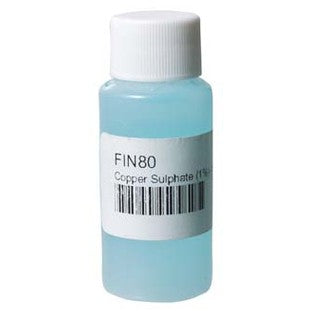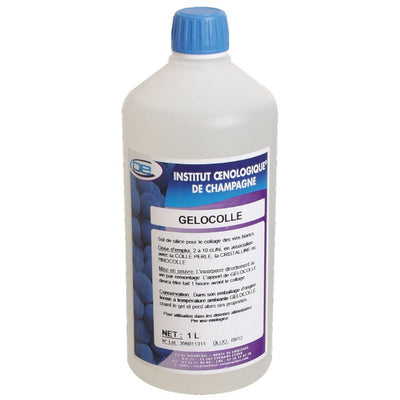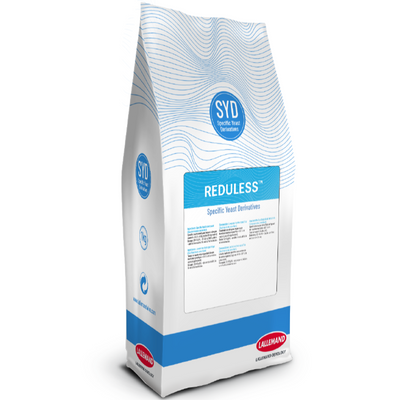Wine is usually fined in order to soften a harsh or astringent character, to improve clarity (and filterability), and/or to create stability. Fining agents should be used at the lowest possible dosage needed to achieve the desired effect. Over dosage can often create a loss of mouthfeel, aroma and/or flavor. Due to the complexity of the chemical structures in wine, different fining agents will be more or less effective at achieving a desired result. We strongly recommend conducting a bench trial* first to determine which product gives the results you are looking for. Then, once this has been decided, do a second trial to determine the ideal dosage rate that will give the desired results for the least amount of product used.
(*For a step-by-step explanation on conductiong a bench trial, see section 10.7 in our Red Winemaking Manual and sectionm 9.7 in our White Winemaking Manual).
Fining Wine
-
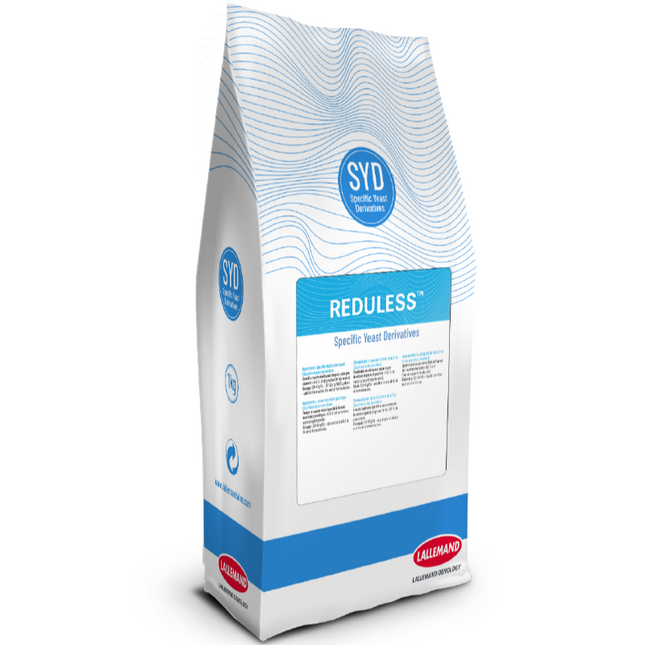
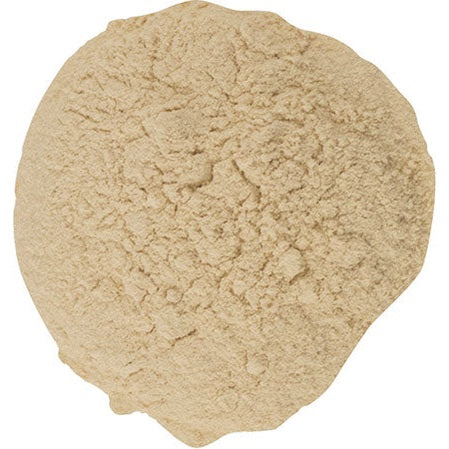
Lallemand Reduless | Inactivated Yeast with Copper | Fixes H2S Issues
Reduless is a new product from Lallemand that was designed to correct negative VSCs (Voltatile Sulfur Compounds) such as H2S (hydrogen sulfide, A.K.A. "rotten egg") and DMS (dimethyl sulfide, A.K.A. "cooked corn") defects in wine. Made from inactivated yeast that have been infused with copper using a proprietary process, Reduless is a much gentler H2S remedy on the wine than the traditional copper sulfate (CuSO4) treatment alone. If you have an H2S problem, then we recommend treating it with Reduless first. However, if the sulfur problem still remains after the Reduless treatment, then a bench trial with copper sulfate (CuSO4) is recommended. Note: The sooner you catch a sulfur problem the easier it is to deal with! To Use: Dissolve Reduless in 10 times it's weight in water and add immediately to the wine. Stir the wine gently to ensure a thorough homogenization. Rack or filter after 72 hours. Recommended Dosage: 0.4-0.6 g/gal. The maximum amount of copper that can be released into the wine using Reduless at the recommended dosage is 0.02 ppm.
$2.49
-
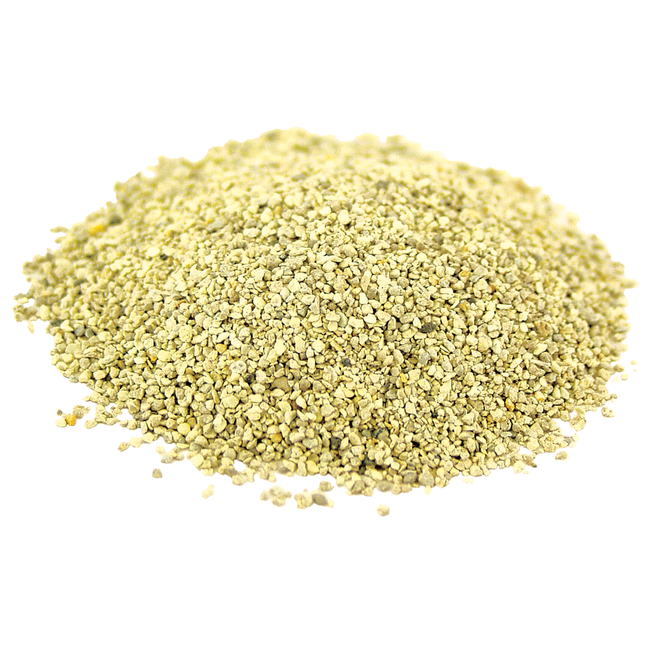
Bentonite - Volclay KWK Krystal Klear
Volclay KWK Krystal Klear Bentonite is a clay-like mineral with a negative charge that, similar to Sparkolloid, removes positively charged particles. It is most effective when the wine is at a warmer temperature, so we recommend using it for fining in late spring or early summer. It also works better at lower pH levels because proteins have a stronger positive charge in more acidic conditions. Generic Low-Level Fining for 5 Gallons: Blend 1/2 tsp (about 3g) of bentonite with 1/2 cup of hot water (140 to 200°F) in a blender for 1-2 minutes. Let the mixture sit for 60 minutes, then stir it well before adding it to the wine. Allow the wine to stand for 10-14 days before racking off. This method achieves a fining rate of 0.16g/L. Generic Mid-Level Fining: Follow the same steps as above but use 9 grams of bentonite and 3/4 cup of hot water. This method achieves a fining rate of 0.5g/L. More Scientific Approach: You can create a 5% bentonite stock solution and run bench trials to determine the lowest effective concentration for clearing the wine. Since fining is non-selective, it removes both undesirable particles like yeast and some desirable phenolic compounds. Therefore, it's best to use the lowest effective concentration. To make a 5% solution, dissolve 50 grams of bentonite in 850ml of hot water, mix thoroughly, and top up with water to a final volume of 1L. Set up trials with clear jars of equal volume, adding varying amounts of the solution to achieve addition rates between 0.3g/L and 2.0g/L. You’ll need to do some calculations to determine the right amount for your needs. Let the trials clear overnight. For more detailed technical information, consult BK653 - Monitoring the Winemaking Process from Grapes to Wine - Techniques & Concepts. Fining with Wine Kits: When using a wine kit made from concentrate, bentonite is typically added on the first day for a few reasons. It serves as a nucleation site for CO2 removal. The CO2 movement helps distribute the bentonite throughout the wine, allowing you to use less and achieve effective fining in a shorter time.
$1.99
-
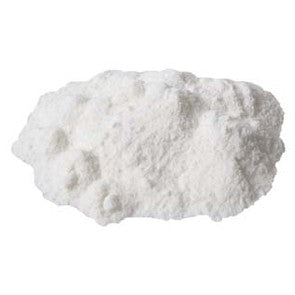
Polycacel
This product replaces our FIN73 - Polylact Polycacel can be used both curatively and preventatively against browning and pinking in white juice or in wine under long term storage conditions. Polycacel helps improve wine color and overall organoleptic properties. A is a blend of polyvinylpolypyrolidone (PVPP), soluble postassium casein and micropulverized cellulose. This specific blend allows for more complete action on phenolic compounds while avoiding over-stripping the wine. To Use: Slowly mix Polycacel in 20 times its weight in cold water (do not use juice or wine). Allow the mixture to stand for 2 hours. For enhanced homogenization, gradually add the Polycacel to the wine container while mixing. Dosages: To protect from oxidation, add to wine and mix thoroughly: 150-300 ppm To treat oxidized juice, add during cold settling: 300-700 ppm
$5.99
-
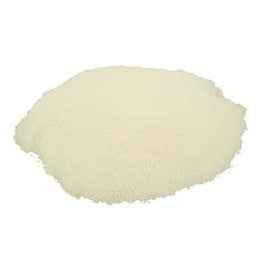
Polyclar VT (PVPP)
A non-soluble clarifier that removes both haze causing polyphenols as well as yeast cells. Mix 2 Tbls (or 5 g) with one cup of sanitized warm water and gently stir into five gallons beer. Let stand for a few days and rack off. Polyclar VT is a coarser grade of PVPP (140 micron particle size), optimized for addition to vessels, where faster settling is required. The larger particle size also facilitates settling of the stabilizer, allowing the majority of the product to be left behind with the lees at racking. A typical contact time of between 3 to 10 days is required, although there are no adverse effects from leaving Polyclar in contact with the wine for longer periods. For wine use .5 to 2.5 grams per gallon depending upon severity of problem and desired affect. A rough approximate of weight is 1 tsp = 1.1 grams. We highly recommend using a scale to weigh the product for an accurate dose. We do not recommend relying on these rough conversions for accurate dosage rates.
$5.99
-
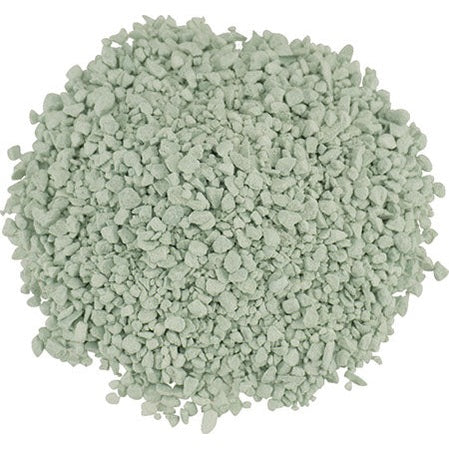
Kupzit® Hydrogen Sulfide Remover
Due to high demand, the 1 kg is currently out of stock. Be the first to receive your items by placing a pre-order today. We will automatically ship this item to you when we receive more in mid December. Kupzit® is an innovative copper citrate preparation developed for the elimination of sulfide off-flavors, particularly hydrogen sulfide odors in wine and fruit wine. Kupzit® contains 2 % copper citrate. For easy dosage and handling, it is coated onto a mineral carrier material, a particularly pure, high-quality granulated bentonite. Kupzit® reacts within minutes with sulphur compounds such as hydrogen sulfide and mercaptans. These compounds bind with Kupzit and then settle out to the bottom. Dosage and Application: Trials are absolutely recommended. Generally, the dosage amount is 5-20 g/100 L or .05-.2 g/L. Exceptionally bad cases may require up to twice as much. See the attached Manufacturer's instructions for further details along with information on dosage and storage.
$4.39
-
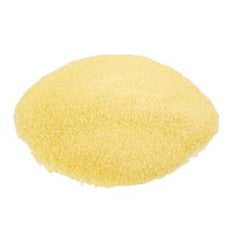
Gelatin Clarifier (Grade 1)
A heat soluble, commercial quallity extra no. 1 grade, powered Gelaitin. This is much higher quality Gelatin than you will find in most beer/winemaking shops. It is composed of high molecular weight mass proteins that carry a big positive charge. Prepare by mixing in warm water and then adding during a transfer or pump-over. The solution must be maintained at 95-104F (35-40C) when used. See below for different dosage rates for beer and wine. For Wine Gelatin will help to reduce cloudiness by removing colloidal substances. It has an overall tannin polishing effect, but still preserves the phenolic compounds responsible for structure (similar to fining with egg whites). Add at the rate of .2 to .35 grams per gallon. Maximum clarification and filter-ability achieved after one week. If you will be ageing the the wine, a second racking one week after the first racking is recommended. Do not leave gelatins in wine more than 30 days.
$4.49
-
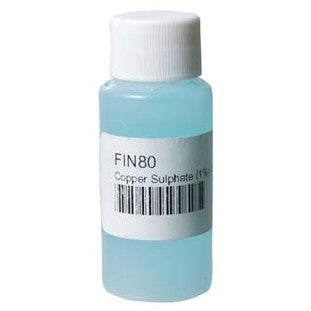
Copper Sulfate (1%) | 1 oz
Some homewinemakers will treat wine affected with Hydrogen Sulfide (rotten egg smell) by stirring with a copper rod or racking through a copper "scrubby". Copper converts the the hydrogen sulfide into copper sulfide, which is not soluble in wine. After a few days the wine is racked off the copper sulfide which by that time has precipitated down to the bottom of your vessel. However, putting wine in direct contact with a non-measured amount of copper can result in residual copper being left in your wine, especially in low pH environments. A more professional approach to the reduciton of Hydrogen Sulfide is to use a measured amount of copper sulfate in a 1% solution. Normally a trial is set up to determine the least amount needed to eliminate the problem (see FIN84 bench trial kit). Because the amounts used are very small, it will be necessary to use a pipette. Add the correct amount of copper sulphate in small .1 ppm doses. Wait several days for the copper sulfide to settle out and then rack off the lees. Do not add copper sulphate during an active fermentation as it may actually cause more hydrogen sulfide to form. If you detect hydrongen sulfide or "rotten egg" smell during fermentation, it is a sign of poor yeast nutrition. Add the recommended amount of Fermaid K (AD345) for the amount of yeast you used to correct this issue - it should keep you from having to use the copper later!
$2.29
-
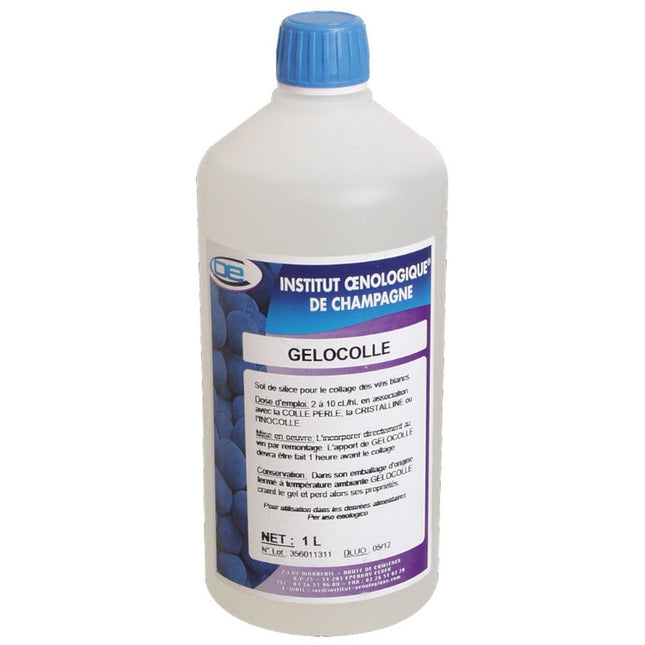
Gelocolle
Often used with isinglass, bentonite, gelatins, and other organically derived fining agents to help compact the lees, Gelocolle is a liquid solution of suspended silica that is used during fining to help improve settling. Gelocolle also helps to limit the risk of over-fining when used in conjuction with other fining agents. Gelocolle can also be used to remove excess protein in both red and white wine, thereby improving their filterability. Gelocolle is completely inert and will not add any flavor or aroma to the wine. To Use Add Gelocolle 1 hour after the fining agent. Mix well to ensure homogenization. Recommended Dosage: In general, use Gelocolle at a rate of 1 mL Gelocolle per 1 g of the fining agent you are aiding. For protein removal use 5 ml Gelocolle per gallon of wine. Note: When using Gelocolle with a gelatin fining, use 1.0 mL of Gelocolle to 1.0 mL of gelatin. Once opened use immediately. Best stored at 50-68 F (10-20 C). Gelocolle solidifies irreversibly when frozen.
$4.49
-
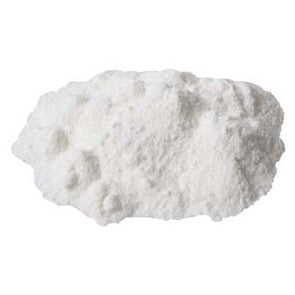
Cristalline Plus
This product is a direct replacement for our FIN74 - Ichtyocolle. Recommended for whites, roses and fruit wines, Cristaline Plus is a blend of isinglass (fish-derived protein) and citric acid stabilized with SO2. Cristaline Plus has a strong positive charge which makes it very effective at improving the clarity of a wine (even those that are made from botrytised grapes). As an added benefit, Cristaline Plus can help improve the filterability of a wine. Cristaline Plus is not sensitive to cold temperatures and may be slow to finish settling. The use of Gelocolle (FIN64) an hour after the addition of Cristaline Plus will help speed the settling process and create a more compact lees. To Use: Dissolve Cristaline Plus in 150-200 times its weight (75-100 mL) of clean, warm water (59-68 F/15-20 C) Let mixture swell for 3 hours If the solution is too viscous add additional warm water Add the solution quickly into the whole volume of wine to be treated while stirring and mix well to distribute the Cristaline Plus evenly throughout the wine Rack as soon as the lees are well settled (wait 72 hours before filtering or allow 8-10 days settling before racking) Dosage Range: 15-30ppm (mg/L)
$1.79
-
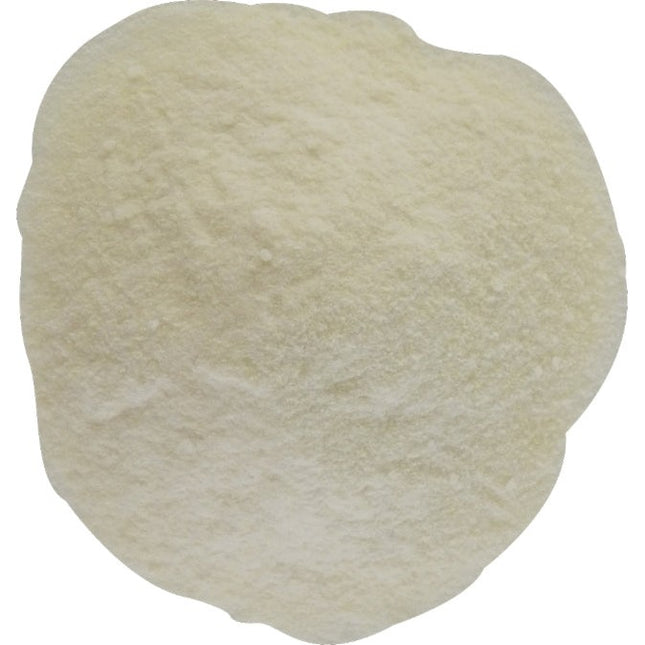
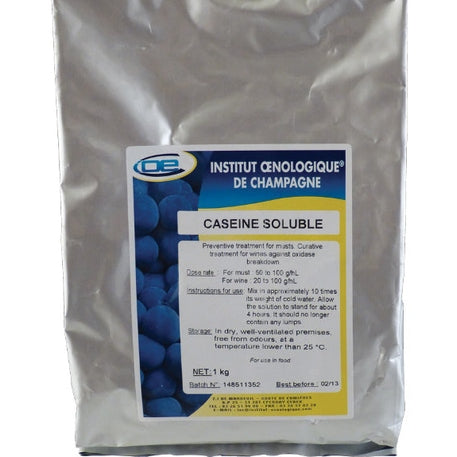
Caseinate de Potassium (Caseine Soluble)
Caseinate de Potassium, formally Caseine Soluble, is a concentrated, powdered form of Potassium Caseinate produced from milk. Helps eliminate oxidized phenolic (brown colored) and bitter compounds in white wines, rose wines, fruit wines, and meads. Caseinate de Potassium can be used preemptively in the must or as a curative step on finished wine. Recommended Dosage: In Juice: 1.9-3.8 g/gal (500-1000 ppm) In Wine: 0.8-3.8 g/gal (200-1000 ppm) Preparation For Use Add the pre-measured amount of Caseinate de Potassium to 10 times its weight of cold water (do not use juice or wine). Allow the solution to swell for 4 hours Stir to dissolve any lumps When completely dissolved, add the mixture slowly to the juice or wine while stirring continuously (for juice, add Caseinate de Potassium before settling). Once added, strongly stir the entire wine volume to get the Caseinate de Potassium to integrate with the wine. Once Caseinate de Potassium has been dissolved, use the preparation within 2 hours. Minimum contact is 2 days, maximum 15 days. The amount needed for your specific wine is best determined by a bench trial. A rough approximate of weight is 1 tsp = 2.3 grams. We highly recommend using a scale to weigh the product for an accurate dose. We do not recommend relying on these rough conversions for accurate dosage rates.
$7.99
-
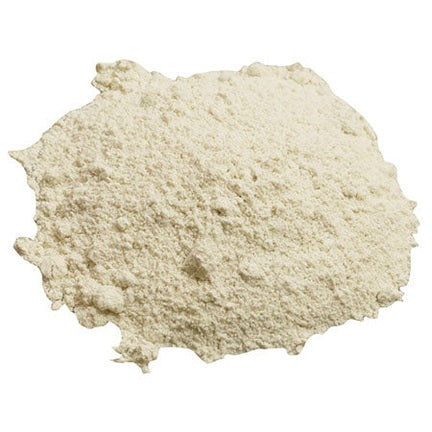
Bentolact S
Bentolact S is a proprietary IOC blend of soluble casein and bentonite. It is most effective when used early (during cold settling). This fining agent is formulated for the preventative treatment of must prone to oxidation. It will help prevent the formation of undesirable off-characters. Using this with whites, roses, and light fruit wines will help prevent any negative characters from forming as a result of oxidation during processing. Juice - Applied at a rate of 2.25 g / gal. Wine - Applied at a rate of 6 g / gal. Dissolve in 10 times its weight in cold water and mix vigorously to dissolve any clumps. Allow the mixture to stand for 3 hours. Add to the juice or wine during a pump-over or a good mixing. Depending upon the wine, a Bentolact S addition may take up to 7 days to settle. Please Note: For best results, Bentolact S should be mixed in the juice or wine during a pump-over or tank mixing.
$5.99
-
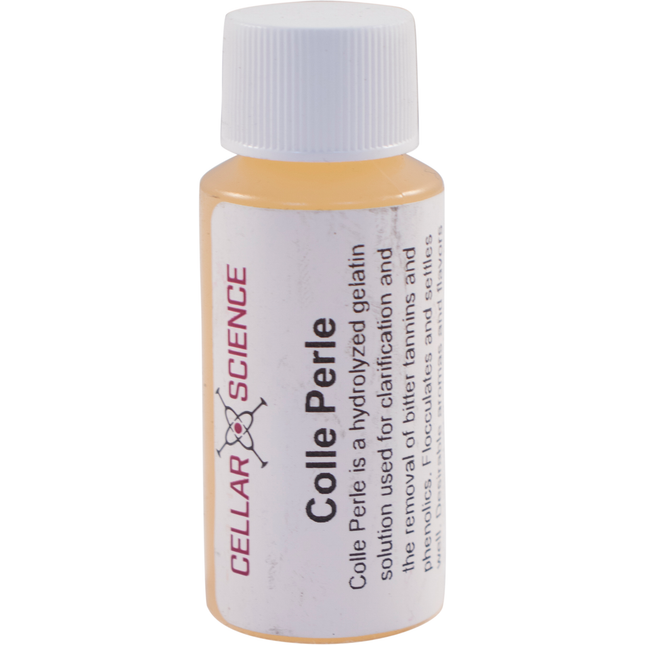
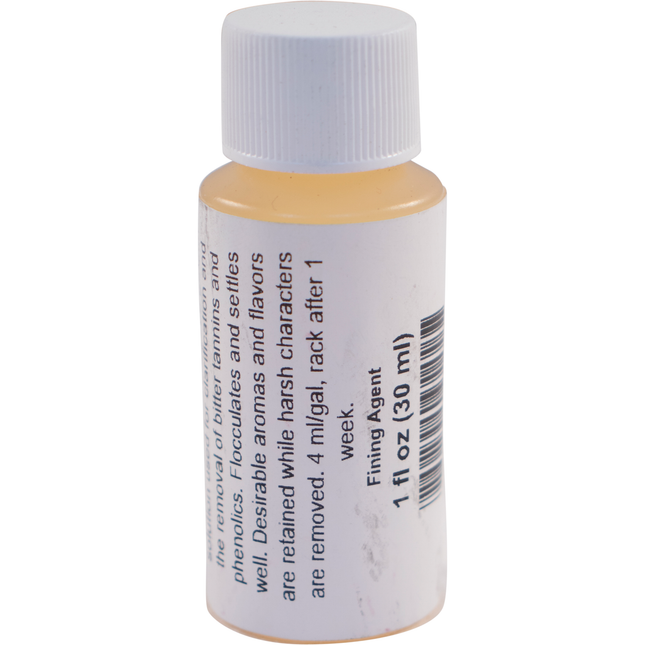
Colle Perle
Colle Perle is a hydrolyzed gelatin solution. Primary uses are clarification and the removal of bitter tannins and phenolics. Colle Perle flocculates and settles well. Desirable aromas and flavors are retained while harsh characters are removed. It is particularly useful to optimize potential of hard pressed product. In white wines it can be used in conjunction with bentonite to compact lees. Dosage - Applied at a rate of 4 ml / gal. Usage: Juice - Dilute Colle Perle 1:1 in water. Add at the beginning of cold settling and mix evenly and completely throughout the juice. When used in juice Colle Perle should be used in conjunction with bentonite or Gelocolle to improve settling. Racking should be done after 1 week. Wine in Aging - Dilute Colle Perle 1:1 in water. Stir vigorously into the wine to ensure thorough distribution. Racking should be done after 1 week. Filtration is possible 48-72 hours after fining with Colle Perle.
$5.99
-
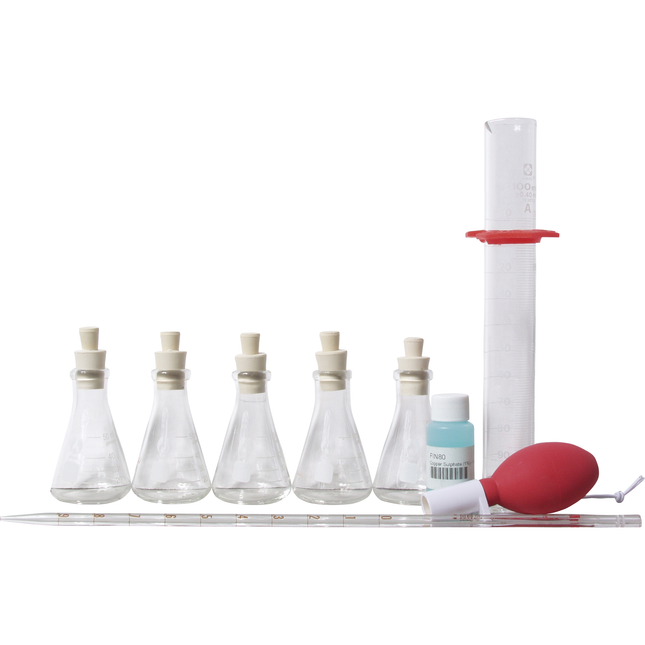
Copper Sulfate Bench Trial Kit
Got Rotten Egg Smell? MoreWine's new Copper Sulfate Bench Trial Kit will help you to determine the origin and treatability of this result of stressed fermentation. Includes 1oz of 1.0% Copper Sulfate solution and all the hardware and instructions you'll need to determine the correct amount of copper to remove the odor, and to determine if it is indeed removable. Contents: 1oz 1% Copper Sulfate Solution 1mL Pipette & Pipette bulb 100mL Graduated Cylinder 5 50mL Flasks w/ Stoppers MoreWine! Guide to Copper Sulfate Bench Trials
$49.99
-
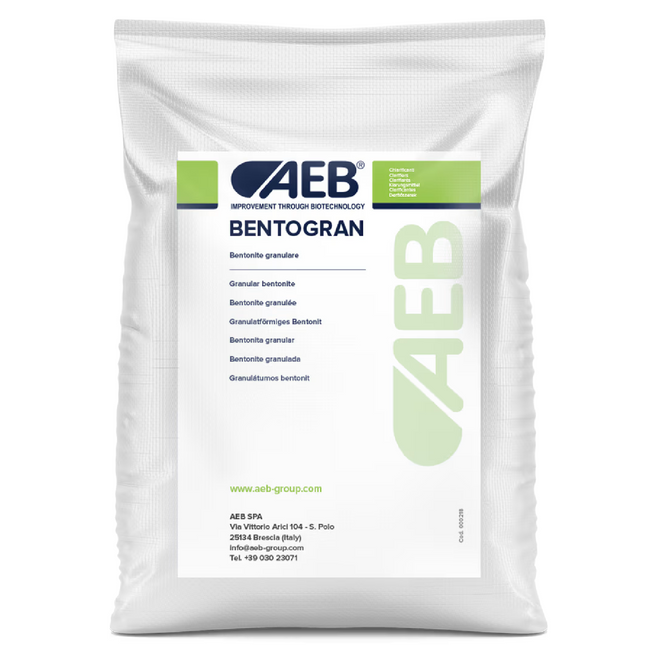
AEB Bentogran | Premium Bentonite | Granulate | Low Dose | 25 kg
Rapid hydration and minimal dust for easy preparation and cleaner processing Exceptional protein removal capacity for wine, juice, and cider clarification Highly effective at low dosages, reducing volume loss and preserving aromas Thermally activated for consistent swelling and dispersion performance Low sodium formulation minimizes impact on wine flavor and stability AEB Bentogran is a premium, granulated sodium bentonite specifically engineered for efficient clarification and protein stabilization in wine, juice, and cider. Unlike powdered bentonites that are dusty and slow to hydrate, Bentogran’s granulated form allows for rapid dispersion, low dust, and easy handling — making cellar operations cleaner and more efficient. Its high swelling capacity and selective adsorption enable excellent clarity with minimal stripping of aromas and color. Thermally activated and quality-controlled by AEB, Bentogran ensures consistent performance in a wide range of wine styles. Usage Protocol Slowly sprinkle Bentogran into 10x its weight in clean, room-temperature water while stirring. Allow to hydrate for at least 4 hours (or ideally overnight). Stir again before use to ensure uniform suspension. Add to must or wine during fermentation or post-fermentation, depending on clarification needs. Mix thoroughly into the tank and allow settling for 24–72 hours before racking or filtration. Dosage Guidelines Application Dosage (g/L) Dosage (g/gal) Protein stabilization (white/rosé wine) 0.3–1.0 1.1–3.8 Juice clarification 0.3–0.8 1.1–3.0 Wine clarification (red or white) 0.2–0.6 0.8–2.3 Must clarification (pre-fermentation) 0.2–0.5 0.8–1.9 Always perform bench trials to determine the optimal dosage for your specific juice or wine
$99.99
-
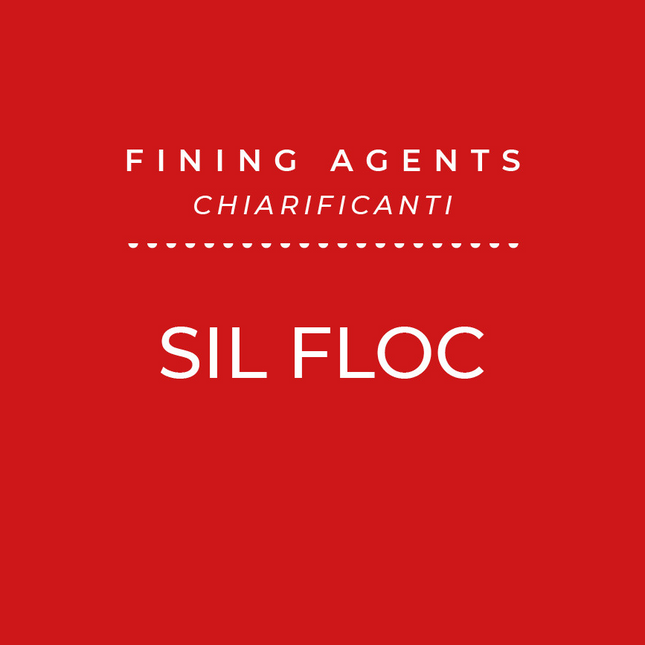
Enartis Sil Floc | Fining Agent Added After Protein Stabilization | 25 kg
Enartis Sil Floc is the winemaker’s go-to tool for finishing clarity Whether you’re refining a high-polish white wine or preparing reds for bottling, Sil Floc helps ensure visual brilliance and stable filtration performance The ultimate solution for finishing clarity without affecting the character of the wine Enartis Sil Floc is a high-purity, colloidal silica solution designed to enhance wine clarity, improve lees compaction, and optimize filterability. Used primarily as a counter-fining agent after the addition of protein-based fining products, Sil Floc works by aggregating fine suspended particles—creating compact, fast-settling lees without stripping aroma, flavor, or color. Key Benefits: Enhances clarity and brilliance Sil Floc captures fine haze-forming particles left behind by protein fining, resulting in a brighter, cleaner wine. Improves filtration performance By reducing colloidal load, Sil Floc helps prevent filter clogging and short runs, especially in wines with low settling potential. Ideal for post-fining use Use after gelatin, isinglass, or albumin to ensure complete clarification and prevent residual protein haze. Vegan, allergen-free, and organic-compliant A clean-label solution suitable for natural, organic, and low-intervention wines. Compatible with bentonite and other fining agents Integrates easily into clarification protocols and can reduce the amount of bentonite required. Application Recommendations: When to Add: After completion of protein fining Recommended Dosage: 10–40 mL/hL, depending on wine turbidity and fining history Preparation: Use as-is; stir gently into wine to ensure full dispersion Contact Time: Minimum 24 hours; allow full sedimentation before racking or filtration
$507.99
-
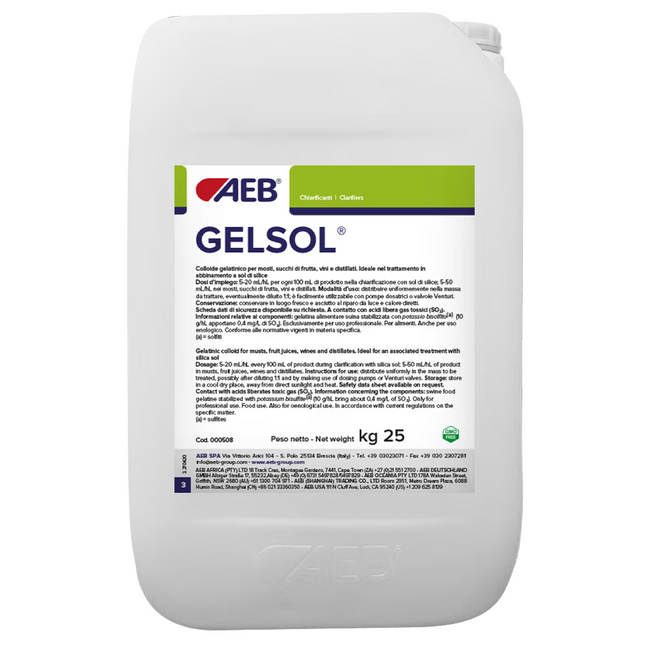
AEB Gelsol | Liquid Hydrosoluble Gelatin | Fining Agent | 25 kg
Hydrosolubilized liquid gelatin making application immediate and easy Rapid flocculation produces heavy, compact sediments that settle quickly High polyphenol-reactivity reduces bitterness without dulling color Excellent compatibility with silica sol for combined protein stabilization Low-dust, pre-hydrolyzed liquid avoids solubilization issues common in powder gelatins Gelsol is a stable, hydrosoluble gelatin colloid designed for effective clarification of musts, wines, and distillates. When in contact with polyphenols, it forms heavy macro-coagula that quickly settle, improving clarity while reducing bitterness and astringency. In red wines it minimizes off-tannins without affecting anthocyanin-based color. Gelsol works faster and cleaner than powdered gelatins, and pairs well with silica sol to bolster protein-haze removal—ideal for co-fining applications. Its liquid format ensures precise dosing and smooth integration throughout the batch. Usage Protocol Dilute Gelsol 1:1 with chlorine-free water or wine before addition. Add slowly while stirring or via a dosing system to ensure even distribution. For enhanced protein removal, add silica sol after Gelsol has fully dispersed (~30 minutes). See below for more details. Allow 24–48 hours for flocculation and sedimentation before racking or filtration. Dosage Guidelines Application Level Gelsol (mL/L) Gelsol (mL/gal) Light clarification 0.05–0.15 0.19–0.57 Moderate clarification 0.15–0.30 0.57–1.14 Intensive clarification 0.30–0.50 1.14–1.89 Using Gelsol When Pairing With Silica Sol You typically use 25–50% less Gelsol when pairing with Silica Sol because Gelsol binds negatively charged phenolic and protein compounds.Silica Sol binds to positively charged protein-Gelsol complexes to complete the flocculation. The combination is synergistic, meaning you achieve the same (or better) clarification with lower doses of each. This sequence helps create stable, fast-settling lees and improves filterability. Step 1: Add Gelsol first to the tank (diluted 1:1 in water or wine), with good mixing. Wait ~15–30 minutes to allow Gelsol to bind proteins and form complexes. Step 2: Add Silica Sol (also pre-diluted), again with mixing. This ensures effective floc formation and maximizes settling.
$399.99

